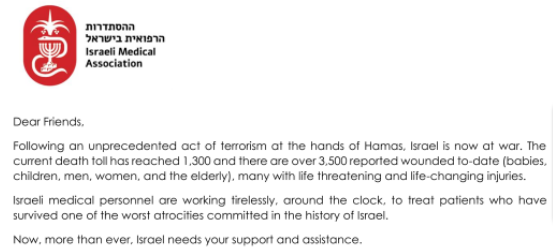Athletes are at constant risk of head injuries. Collisions on the playing field can easily lead to concussion, a condition where the brain essentially ricochets off the skull.
A team of researchers at Ben-Gurion University of the Negev, Stanford University and Trinity College in Dublin has now found evidence that brain injuries can occur even without a reported concussion. Mild traumatic brain injury (TBI), it turns out, can damage the blood-brain barrier, which protects the brains from pathogens and toxins.
The finding is significant because blood-brain barrier damage does not show up in a normal CT exam, explains neuroscientist and surgeon Prof. Alon Friedman, who led the research at BGU through the university’s Inter-Faculty Brain Sciences School.
Friedman and his team hope their findings will help doctors develop new brain imaging techniques to monitor athletes, as well as to determine safer guidelines for “return to play.”
To test blood-brain barrier damage, the researchers studied two groups: professional mixed martial arts (MMA) fighters and adolescent rugby players.
The MMA fighters were examined pre-fight to set a baseline and then again within 120 hours following a competitive fight. The rugby players were examined once pre-season and again post-season or, in a subset of cases, post-match. Both groups were evaluated using MRI protocols developed at BGU.
The researchers also tracked blood-brain barrier biomarkers in the blood and used a special mouthguard (developed at Stanford) that contains sensors to trackspeed, acceleration and force. The data from the MRI was correlated with measurements from the mouthguard sensors.
The results were alarming: 10 out of 19 of the rugby players showed signs of a “leaky blood-brain barrier” by the end of the season, although the injuries detected were lower than the current threshold for mild head trauma.
This shows that “the trauma’s effects are evident much deeper in the brain and that the current model of concussion is too simplistic,” Friedman explained.
The researchers plan to evaluate whether blood-brain barrier disruptions heal on their own and how long that takes.
“It is likely that kids are experiencing these injuries during the season but aren’t aware of them or are asymptomatic,” Friedman said. “We hope our research using MRI and other biomarkers can help better detect a significant brain injury that may occur after what seems to be a ‘mild TBI’ among amateur and professional athletes.”
The results were published this month in the Journal of Neurotrauma.


